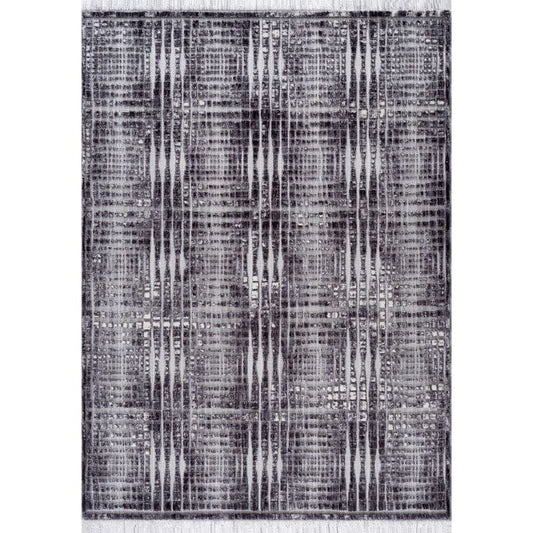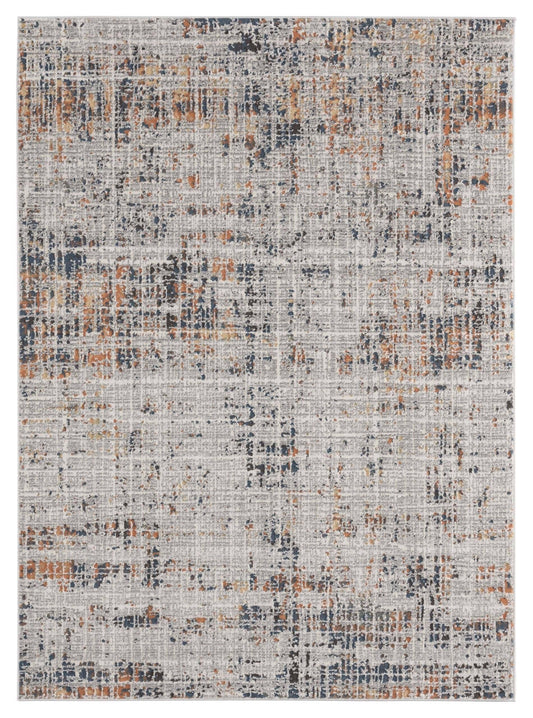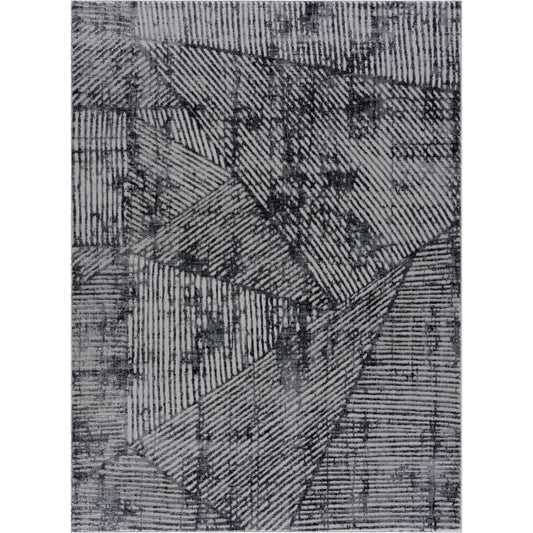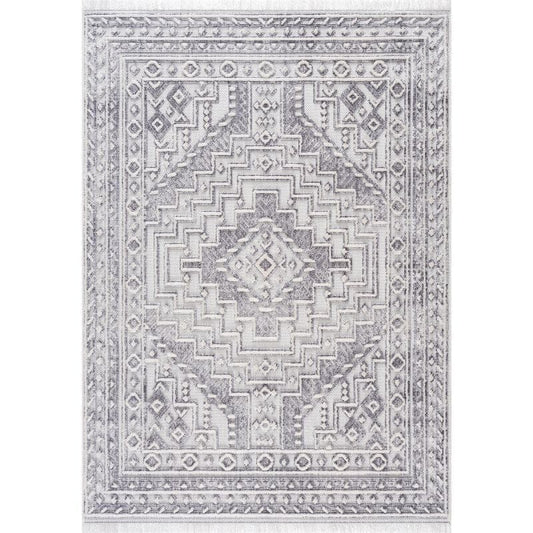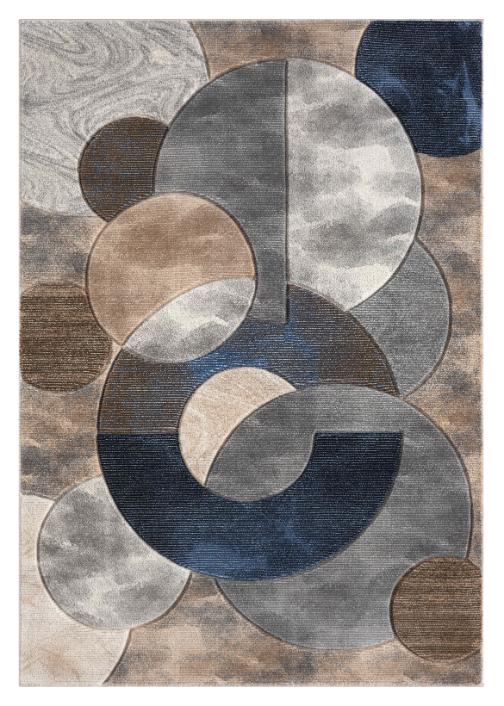If you've ever marveled at the price tags attached to rugs, you may have pondered why these seemingly simple floor coverings can carry such a hefty cost. From the exquisite Persian carpets to the intricately woven Moroccan rugs, there's no denying that the prices can leave you scratching your head. In this article, we'll delve into the captivating world of rugs and uncover the factors contributing to their high price points. By gaining insight into the reasons behind their expense, you'll develop a profound appreciation for these artistic creations and the craftsmanship that goes into their making. Let's embark on an exploration to unravel the mystery of why rugs are so expensive.
The Reasons of Rugs Are So Expensive
Quality Materials and Construction
One of the primary drivers of rug prices lies in the quality of materials used and the construction techniques employed. Fine rugs often boast natural fibers like wool, silk, or a blend. These materials offer exceptional durability, a luxurious texture, and an exquisite sheen that synthetic alternatives simply can't replicate. However, sourcing and preparing these premium materials require meticulous attention to detail, contributing to the overall cost.
Crafting a rug is a labor-intensive process that demands exceptional skill and craftsmanship. For instance, hand-knotted rugs are meticulously created by talented artisans who individually tie each knot by hand. This intricate process ensures the longevity and superior quality of the rug but necessitates a significant investment of time and expertise. The level of craftsmanship involved in these rugs is a testament to their value and contributes to their higher price range.
Rug Size and Complexity
The size and complexity of a rug also significantly impact its price. Larger rugs naturally require more materials and labor, increasing the overall cost. Creating a room-sized rug can take several months, involving hundreds of hours of labor from highly skilled weavers. Moreover, intricate designs and patterns necessitate higher expertise and precision, further adding to the time and effort required.
Furthermore, rugs with complex designs often incorporate specialized techniques, such as hand-carving or the inclusion of different pile heights, to create depth and texture. These additional design elements intensify manufacturing, making the rug more expensive. Each intricate design detail enhances the overall aesthetic appeal of the rug, elevating its value in the process.
Design and Aesthetics
A rug's design and aesthetic appeal play a pivotal role in determining its price. Rugs featuring elaborate patterns, vibrant colors, and artistic motifs often command a higher cost due to the creativity and skill involved in their creation. These designs are visually captivating and reflect the cultural heritage and artistic traditions of their originating regions.
Moreover, a rug's design can be influenced by the reputation and recognition of the weaver or the rug-making region. Rugs woven by renowned artisans or originating from historically significant areas often carry a higher price tag due to their prestige and collectible value. The fusion of artistic vision, cultural significance, and impeccable execution further enhances the overall worth of these rugs.
Cultural and Historical Significance
Rugs often possess profound cultural and historical significance, which adds to their value. Certain rug styles have been crafted for centuries, embodying the traditions and customs of their respective cultures. These rugs serve as tangible artifacts that reflect the history and heritage of a particular region, making them highly sought after by collectors and enthusiasts alike.
Moreover, rugs can convey symbolic meanings and narratives through their designs. Traditional motifs and symbols incorporated into the patterns often communicate stories, beliefs, and social status. Rugs bearing such symbolic significance invariably command higher prices due to their cultural and historical value. Owning a rug with a rich cultural background allows you to embrace a tangible piece of history and tradition within the confines of your own home.
Supply Chain and Production Costs
The intricacies of the supply chain and production costs associated with rugs significantly impact their price. Many luxury rugs are meticulously handcrafted in regions renowned for their rug-making traditions, such as Iran, Turkey, and India. The production process encompasses multiple stages, including sourcing raw materials, dyeing yarns, weaving or knotting, and applying finishing touches.
Each step in the production process incurs costs, from transportation and import duties to wages for highly skilled artisans. Moreover, the reputation and expertise of the rug-weaving region influence the price, as areas with a long-standing tradition of rug-making often have higher labor costs. The complexity of the supply chain, coupled with the costs involved at each stage, ultimately contribute to the final price of the rug.
Conclusion
The seemingly high prices of rugs can be attributed to a combination of factors. The meticulous use of quality materials, the labor-intensive construction process, the size and complexity of the rug, the captivating design and aesthetic appeal, the rich cultural and historical significance, and the intricacies of the supply chain and production costs all contribute to the final price.
By gaining a deeper understanding of these elements, we can develop a genuine appreciation for the true value of rugs and the exquisite artistry that underpins their creation. So, the next time you encounter a luxurious rug with a substantial price tag, armed with the knowledge of why rugs are so expensive, you'll possess the discernment to comprehend and admire the remarkable craftsmanship that makes these rugs worth every penny.
FAQs
What is a fair price to pay for a rug?
The fair price varies based on size, material, craftsmanship, and design.
Do rugs have any value?
Yes, rugs can hold significant value, especially those with historical significance or by renowned artisans.
What distinguishes an inexpensive rug from an expensive rug?
Inexpensive rugs often use synthetic materials, have machine-made construction, and feature simpler designs. Expensive rugs use high-quality natural fibers, have intricate hand-knotted construction, and showcase elaborate designs.
Is buying or making a rug more affordable?
It depends on personal factors and preferences. Buying a rug offers convenience and a wide selection while making a rug requires time, skill, and materials but can be cost-effective for those with weaving skills or a passion for crafting.

